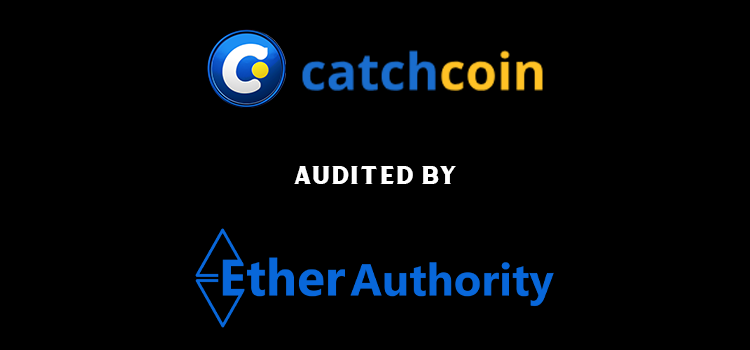
Web3 Security: What Every User Should Know
The rise of Web3 technologies has opened up a world of possibilities, but it has also introduced new security risks. Web3 technologies such as blockchain and decentralized applications (dApps) are designed to be secure and transparent, but they are not immune to cyber-attacks, scams, and fraud. As a Web3 user, it’s crucial to understand the security risks and take appropriate measures to protect your assets. In this article, we’ll explore what every Web3 user should know about Web3 security.
1. Private Keys
One of the essential aspects of Web3 security is your private key. Your private key is a long string of numbers and letters that gives you access to your Web3 assets. It’s crucial to keep your private key safe and secure, as anyone with access to it can control your assets. Never share your private key with anyone, and avoid storing it in an easily accessible location such as your computer or mobile device.
2. Smart Contract Vulnerabilities
Smart contracts are self-executing contracts that are stored on a blockchain. They are designed to be secure, but they are not foolproof. Smart contracts can contain vulnerabilities that can be exploited by attackers to steal your assets. It’s crucial to understand the risks associated with smart contracts and only interact with contracts that have been audited by reputable third-party auditors.
3. Phishing Attacks
Phishing attacks are a common type of cyber-attack where attackers trick users into revealing their login credentials. In the Web3 world, phishing attacks are often carried out through fake websites or emails that look legitimate. It’s crucial to be vigilant and only interact with websites and emails that you trust. Always double-check the URL of the website and look for security indicators such as HTTPS and SSL certificates.
4. Malicious Software
Malicious software or malware is a type of software that is designed to damage, disrupt, or steal data from your computer or mobile device. Malware can be spread through infected websites, emails, or software downloads. It’s crucial to use anti-virus and anti-malware software and keep them up-to-date. Always be cautious when downloading software and only download from reputable sources.
5. Social Engineering Scams
Social engineering scams are a type of scam where attackers use social engineering techniques to trick users into revealing their login credentials or other sensitive information. These scams can take many forms, such as fake customer support calls or messages that appear to be from a trusted contact. It’s crucial to be cautious and only interact with people and organizations that you trust. Always verify the identity of the person or organization before sharing any sensitive information.
In conclusion, Web3 security is a critical consideration for anyone who uses Web3 technologies. By understanding the risks associated with private keys, smart contract vulnerabilities, phishing attacks, malicious software, and social engineering scams, you can take appropriate measures to protect your assets. Remember to always be vigilant, use reputable software and services, and keep your private key safe and secure. With these measures in place, you can enjoy the benefits of Web3 technologies without compromising your security.




